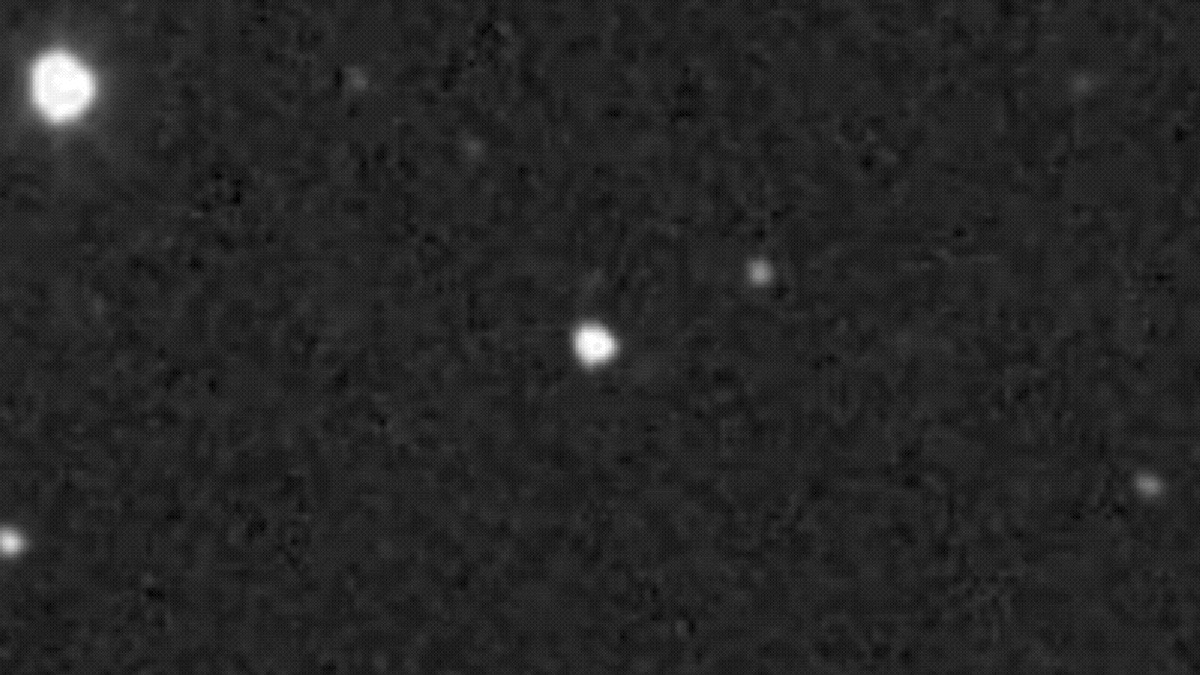
Advertisement
The South African Astronomical Observatory, which manages an observatory in Sutherland, South Africa, captured a similar timelapse. Again, it shows a growing plume moving in the direction of the asteroid. It’s important to point out that, at a distance of over 6.8 million miles (11 million km), the binary pair appears as a single object.
Advertisement
I’m struck by the size of the plume, but it’s difficult to tell if the impact kicked up a lot of material or if these views are a function of really bright dust. Views of Dimorphos’s surface looked very rubble pile-like, suggesting a loose conglomeration of materials. If that’s the case, Dimorphos may have done tremendous damage to the asteroid, but we need more data to be sure. At the very least, DART produced a substantial cloud of dust.
As to when we’ll know the degree to which Dimorphos’s orbital trajectory was altered, that could take anywhere from several days to several weeks. Regardless, it’ll be a fascinating result.